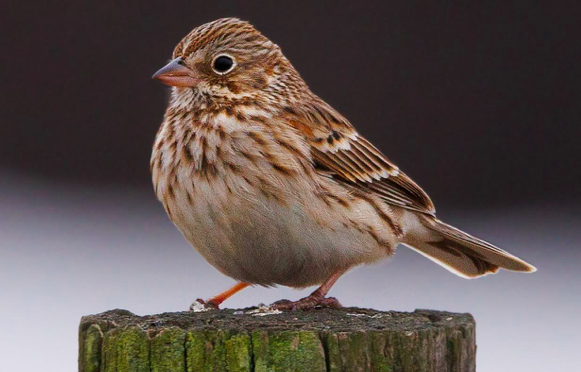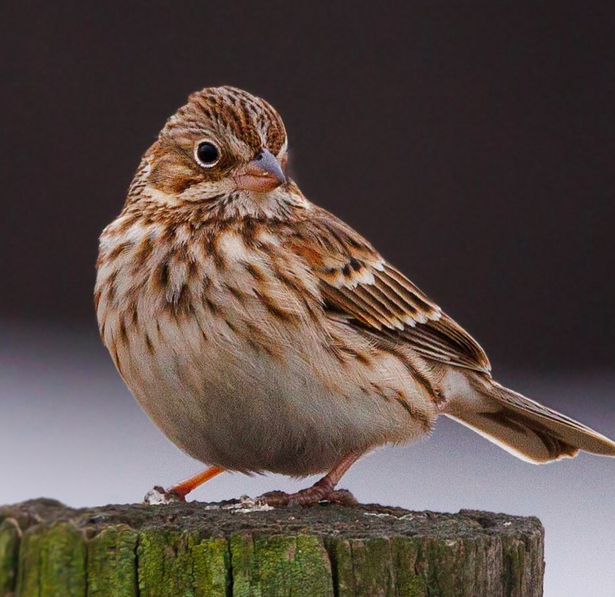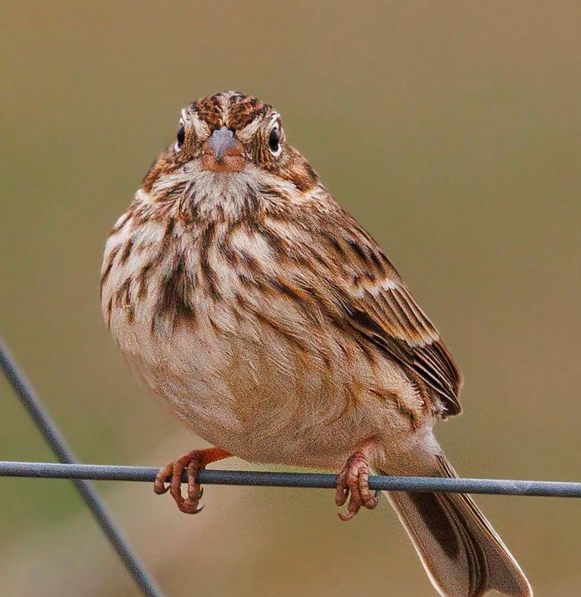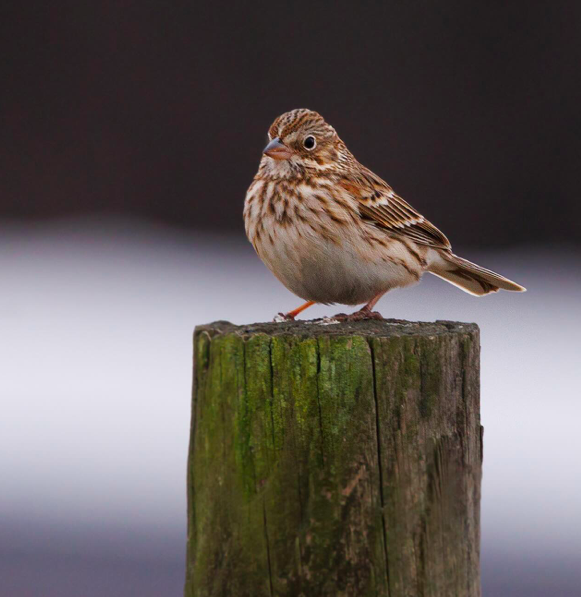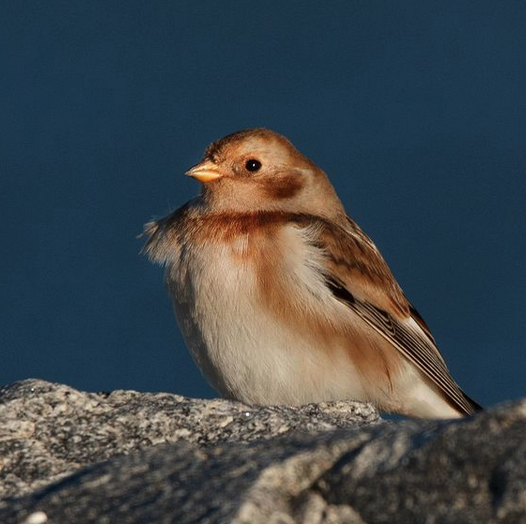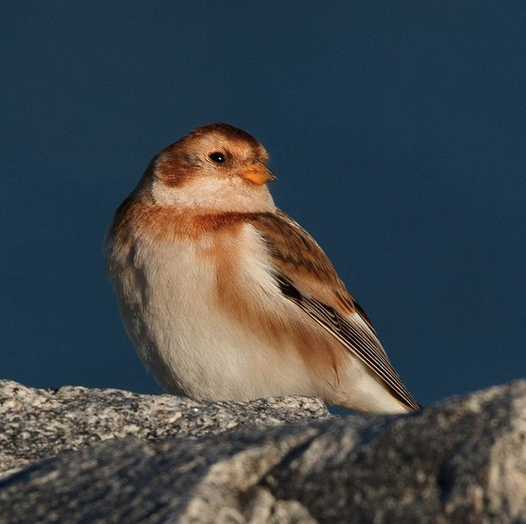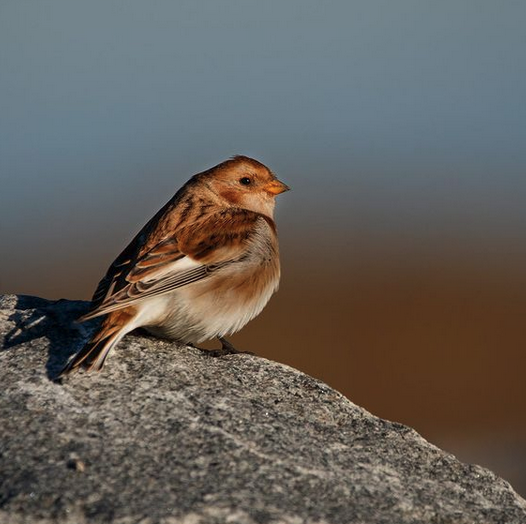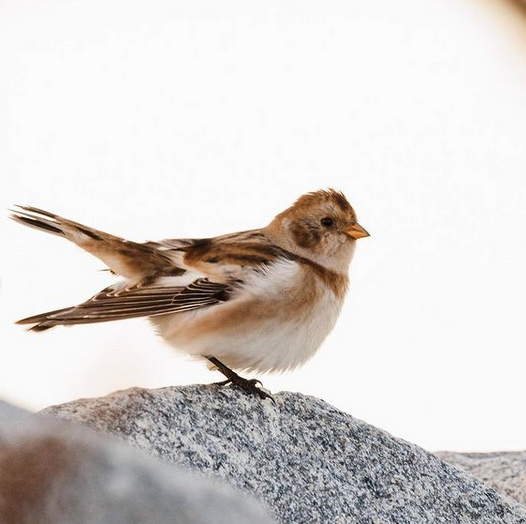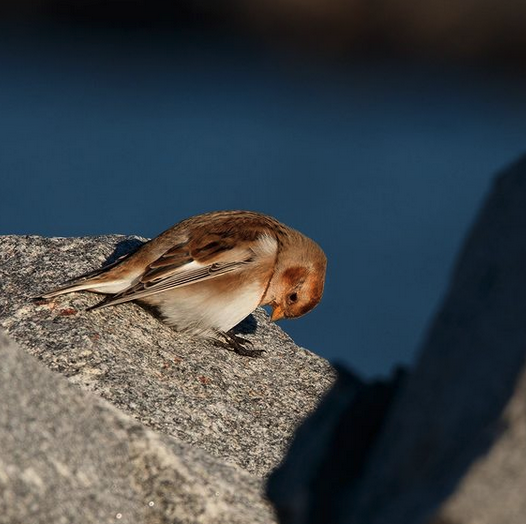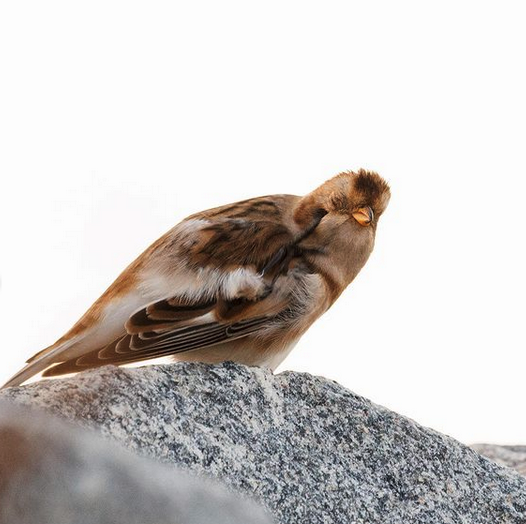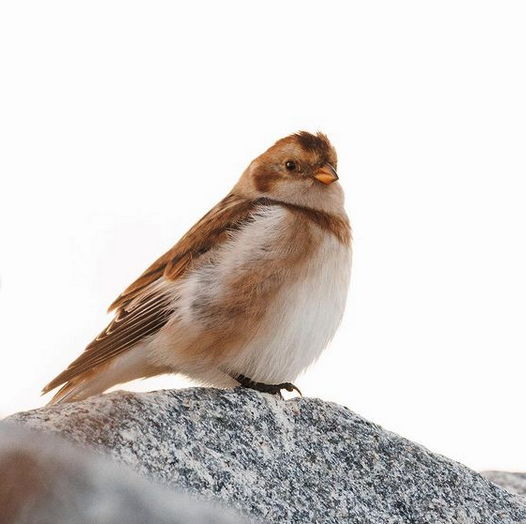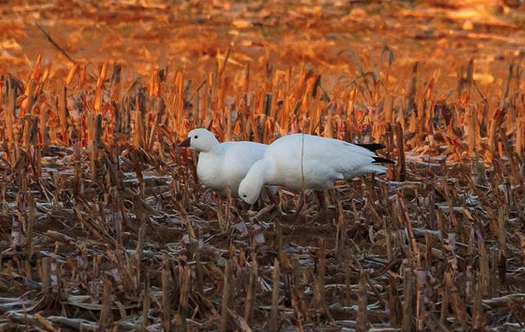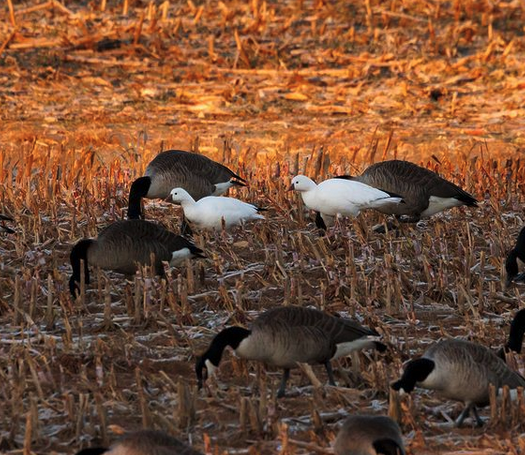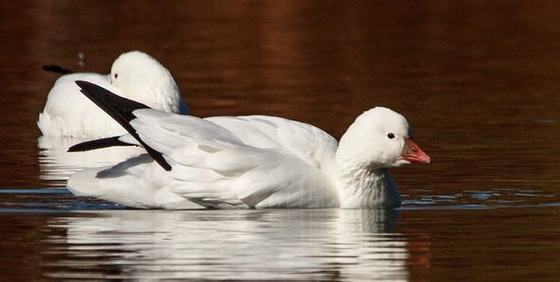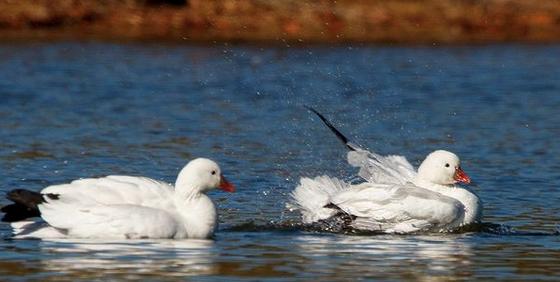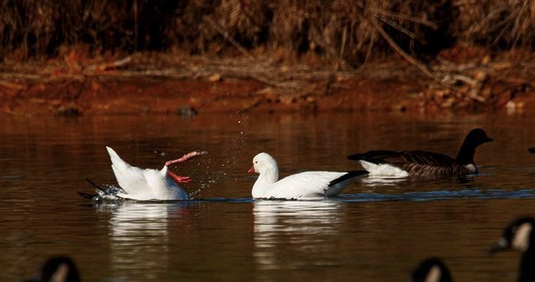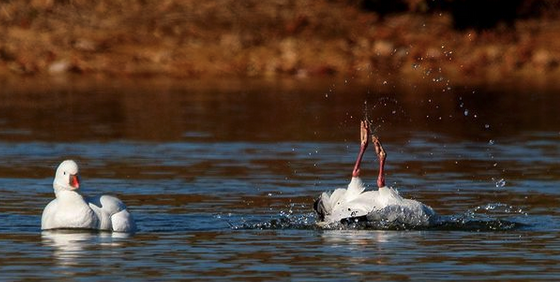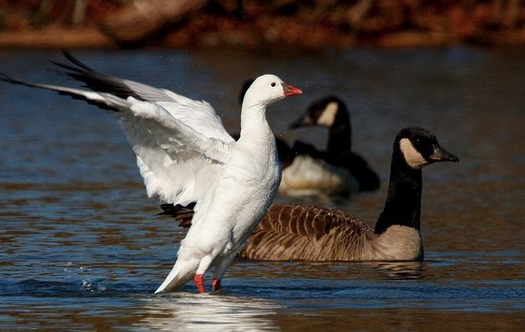By Sally Siko
Stoked to lay eyes on a Trumpeter Swan this morning while birding with my friend Corie @latta.ridge at Hanging Rock SP in Danville, NC!

Standing at nearly 4ft tall with a wingspan stretching 5.2ft, and a hefty weight topping 30lbs, Trumpeter Swans are both the largest and heaviest species of waterfowl native to the United States. They are much larger than our wintering Tundra Swans and easy to identify by observing that elongated face and low posture in the water.
I was surprised how curious this guy was as the swan casually swam over to get a look at me as I took these photos. At one point the bird was only a couple feet away though it remained calm and unbothered throughout the entire visit.
These large elegant birds are truly awe inspiring to see up close and I was delighted to encounter such a friendly swan out in the wild.





The other reason that I was thrilled to see this bird is because although the numbers of this species are increasing (currently estimated at 63,000 birds), Trumpeter Swans are a rarely spotted here in the mid Atlantic region of the eastern US.
These elegant birds originally graced wetlands across a broad region of North America from Illinois all the way up into northwest to Alaska.
Unfortunately though, throughout the 17- and 1800s, they were hunted relentlessly for their meat, skins and feathers.
That combined with habitat loss meant that by the 1930s, only 69 Trumpeter Swans remained in the lower 48 states, living in the remote Red Rock Lakes area in southwestern Montana.
Crazy!
Thanks to modern conservation practices, this species is recovering however their future remains uncertain due to continued habitat loss and lead shot poisoning.
We almost lost them but at least we’ve got a chance to today to ensure the survival of this magnificent bird.
If you’d like to go see the spread for yourself, here is a Google Maps pindrop of its location at the bottom of this post.
I don’t know how much longer this big boy will remain at the lake, but it’s probably worth a look if you’re anywhere in the area.
Photos by @sally_siko of @bestlife_birding on my mighty mirrorless monster, the @canonusa #R5


